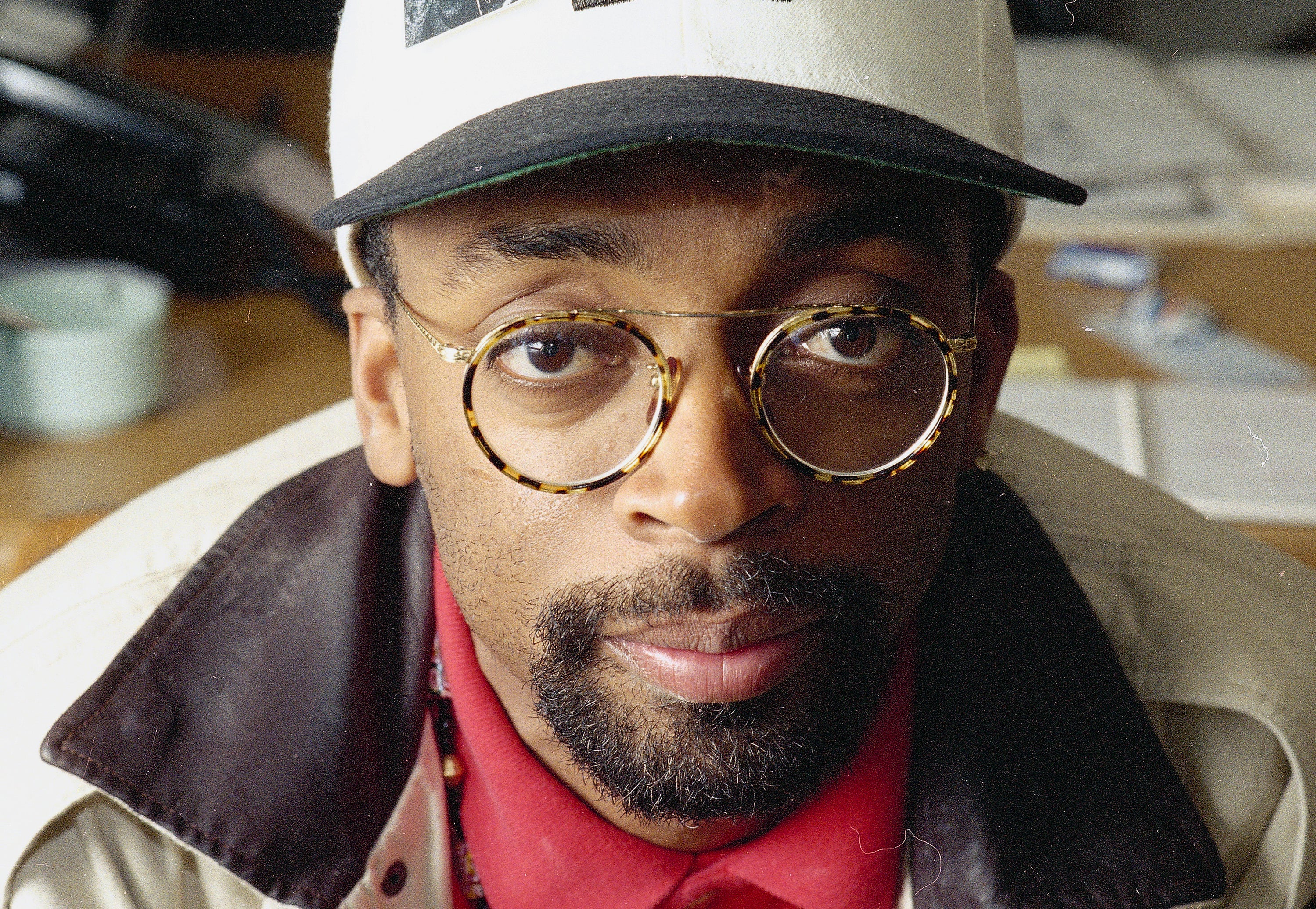
On this very date, in 1991, he ignited his fifth official joint, Jungle Fever, and we all lined up to watch the tale of an interracial love triangle that wreaked havoc and destroyed lives from Harlem to Bensonhurst and back again. Wesley Snipes and Annabella Sciorra shared top billing and were backed by an all-star cast including Spike (but of course), Lonette McKee and John Turturro, as well as the ever-wonderful duo Ossie Davis and Ruby Dee. Queen Latifah made her big-screen debut as that attitudinal waitress Lashawn, and there was also Samuel L. Jackson and then-newcomer Halle Berry, who nearly stole the whole damn movie as two of the most convincing crackheads on film, ever. They sure did like to blaze up — so much so that these many years later, folks still make reference to “Viv & Gator.”
Earlier this spring, I was scrolling through the channels and saw that Jungle Fever was playing on a Thursday, at midnight. I paused for a sec, then smiled at the screen. I hadn’t seen the film from top-to-bottom in a really long time, so I decided to tape it, save it for later, you know? I’m so glad I did. When I tuned in a few days later, my mind was immediately flooded with memories from years past — from the dedication to the late Yusef Hawkins, who lost his life to senseless violence in Bensonhurst in 1989, to Stevie Wonder singing the title track (I’ve got jungle fever/ She’s got jungle fever/ We’ve got jungle fever/ We’re, in, love). And as soon as the first scene opened with Flipper and Drew making early-morning love, I remembered just how much their lives would change by the time the end credits rolled.
There was so much I’d forgotten, but I found that the things that used to make me wonder and cringe still made me wonder and cringe. Like, how could Cyrus possibly think that telling his wife about Flipper’s affair was the way to keep the secret safe? Really, dude? Did Flipper really think that he could just rent an apartment with Angie and live happily ever after? Oh, and how on God’s green earth did Ms. Lucinda think she could get thieving-ass Gator out of the house before The Good Reverend Doctor rolled up, ready to put an end to the nonsense? As much as Gator was completely a lost cause, I always wished that he could have gotten himself together, somehow. But then again, if you’re trying to hustle your sweet, elderly mama into giving you $100 for a “job application fee,” perhaps you’re not ready to get clean. Poor, poor Gator.
Though he often caught hell for it, Spike was intent on holding up the mirror to show us what was really going on in our families, on our blocks and in the world. He had no qualms about tackling the racial and social issues that plagued us. It was kind of hectic. In the 21 years since Jungle Fever hit theaters, we’ve made some progress, yes, but as a society, we’ve still got many, many more miles to travel. When that blurry image of Hawkins appeared at the beginning of the film, I thought, too, about Trayvon Martin and all of the young Black men we’ve lost since then. That realization made me really sad. We surely have a ways to go.
Watching Jungle Fever again also made me realize how much I really miss the excitement surrounding the release of a Spike Lee film, when we were amped about seeing his imagination unfurl on the screen and meeting the new talent he’d introduce to the world in the process. Here’s hoping that I, we, feel that feeling again when his new coming-of-age film, Red Hook Summer, which caused quite the uproar at the Sundance Film Festival this year, hits theaters on August 10. We shall see.
Spike Lee sure did create a movement… and those were definitely good times.
Regina R. Robertson is West Coast Editor of ESSENCE. Follow her on Twitter @reginarobertson.